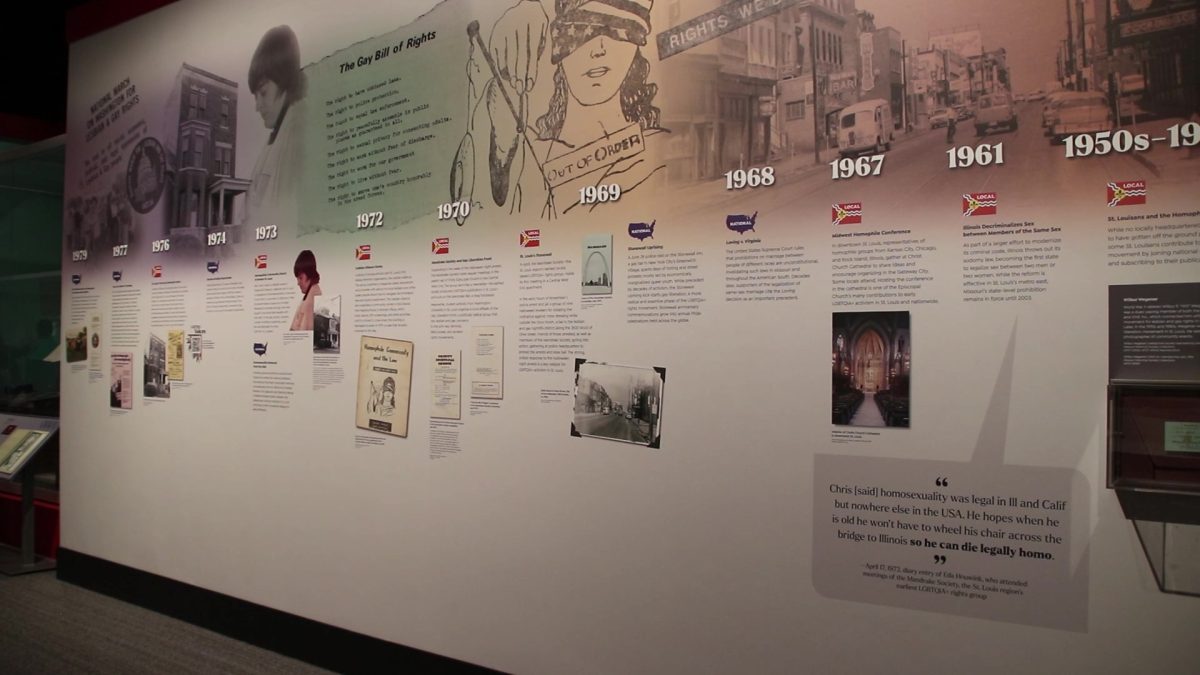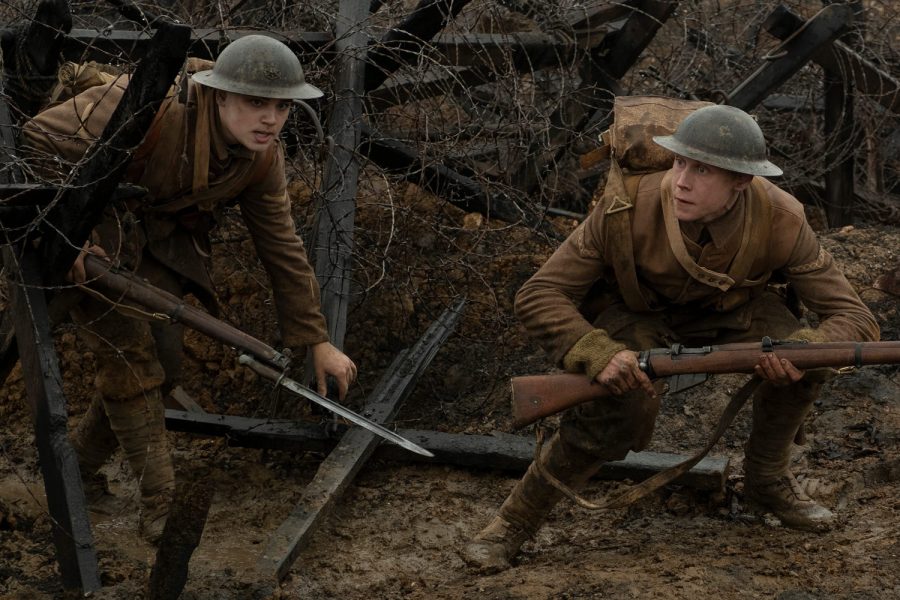Review: One take is enough for ‘1917’
“1917” entered limited release on Dec. 25, 2019 in order to be eligible for awards in 2020. The film was released more widely on Jan. 10, 2020. Photo by François Duhamel, courtesy of Universal Pictures.
January 30, 2020
The World War I film “1917” came out of limited release on Jan. 10, 2020. It’s written and directed by Sam Mendes and based on the story Mendes’ paternal grandfather told him. The movie follows soldiers Will Schofield (George MacKay) and Tom Blake (Dean-Charles Chapman) in their race against the clock as they deliver an urgent message to stop a fatal attack on their men across the country—with Blake’s brother’s life on the line. “1917″ is filmed entirely in one shot and throws the protagonists through hurdles and plenty of dangerous situations, including bombs, barbed wire, bomb craters and dogfights as they make their way miles across enemy territory.
Mendes took a giant leap when filming “1917″ in one shot, risking losing the viewer or causing dizziness or possible boredom, but the great plot and intense scenes make up for the constant movement. However, in scenes where the protagonists move through houses and tunnels, it can become a bit confusing, as the camera switches between characters through windows or unlit doorways. Still scenes become even more intense. In scenes where fighting takes place, though, the film becomes even more suspenseful and dramatic but risks losing the viewer through all the shaking and movement.
The suspense and emotions for each scene are set beautifully by the phenomenal acting from MacKay and Chapman. Throughout the movie, colors and lighting are played with perfectly, making the sadder scenes darker and dull, and the joyful scenes brighter and more peaceful.
A downside in the movie, however, is the lack of character development, which made a death scene fall flat. The first death scene, nearly 10 minutes into the movie, introduces the character through an argument and a near-death situation. Though the death gave the protagonist’s motivation, the impact of the death is rarely referenced until briefly at the end of the movie. The character was not known long enough and the portrayal of the death felt rushed.
Another foil is the forced dialog in certain scenes. When times are supposed to be serious, the characters take awkward turns to comedy, and stories being told by the main characters seem ingenuine.
“1917” held onto viewers through intense scenes and shocking images as the protagonists race against time. The intense scenes are incredible and the dramatic scenes have viewers on the edge of their seats. When character deaths fall flat and dialog is unnatural, the plot, beautiful cinematography and incredible acting save this World War I film from a possible flop.
































